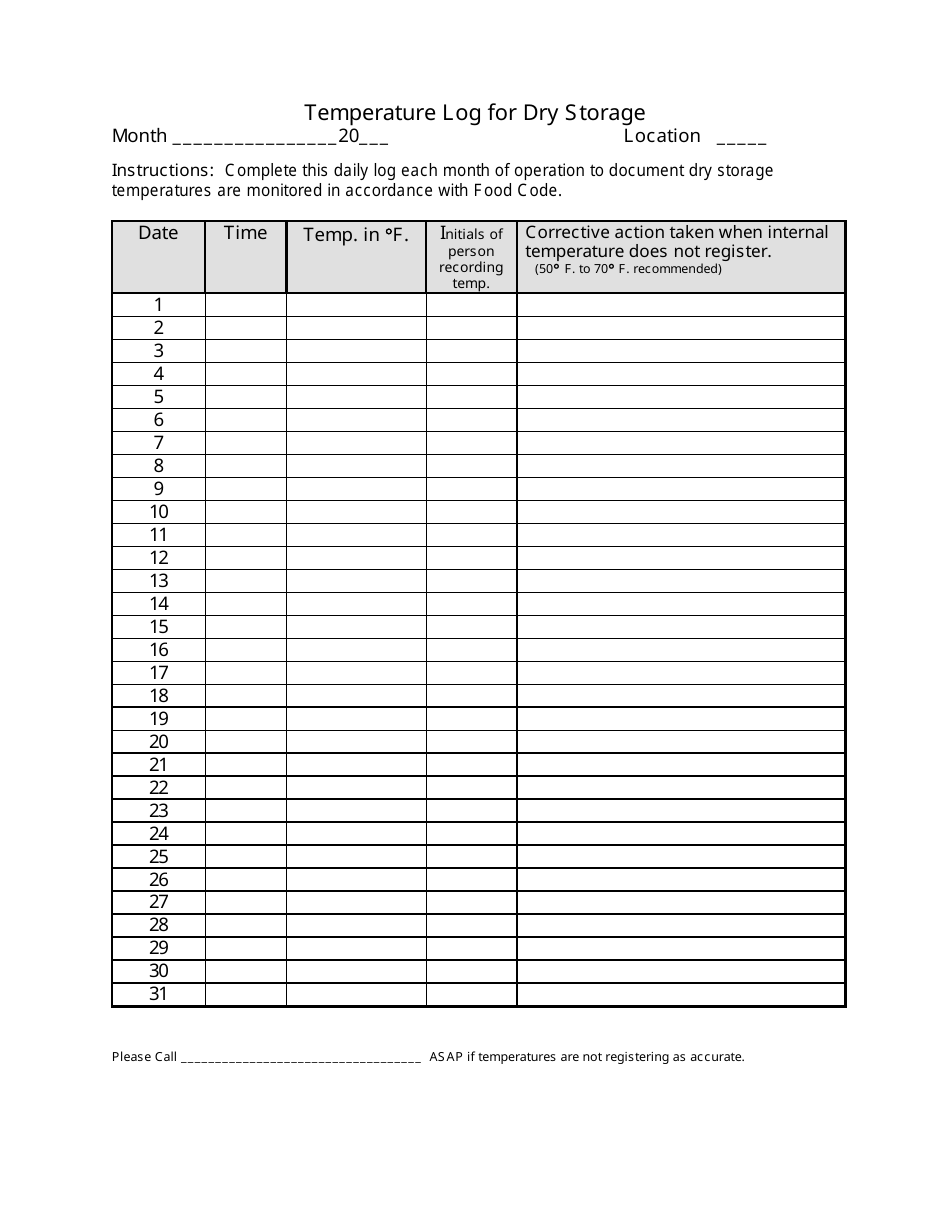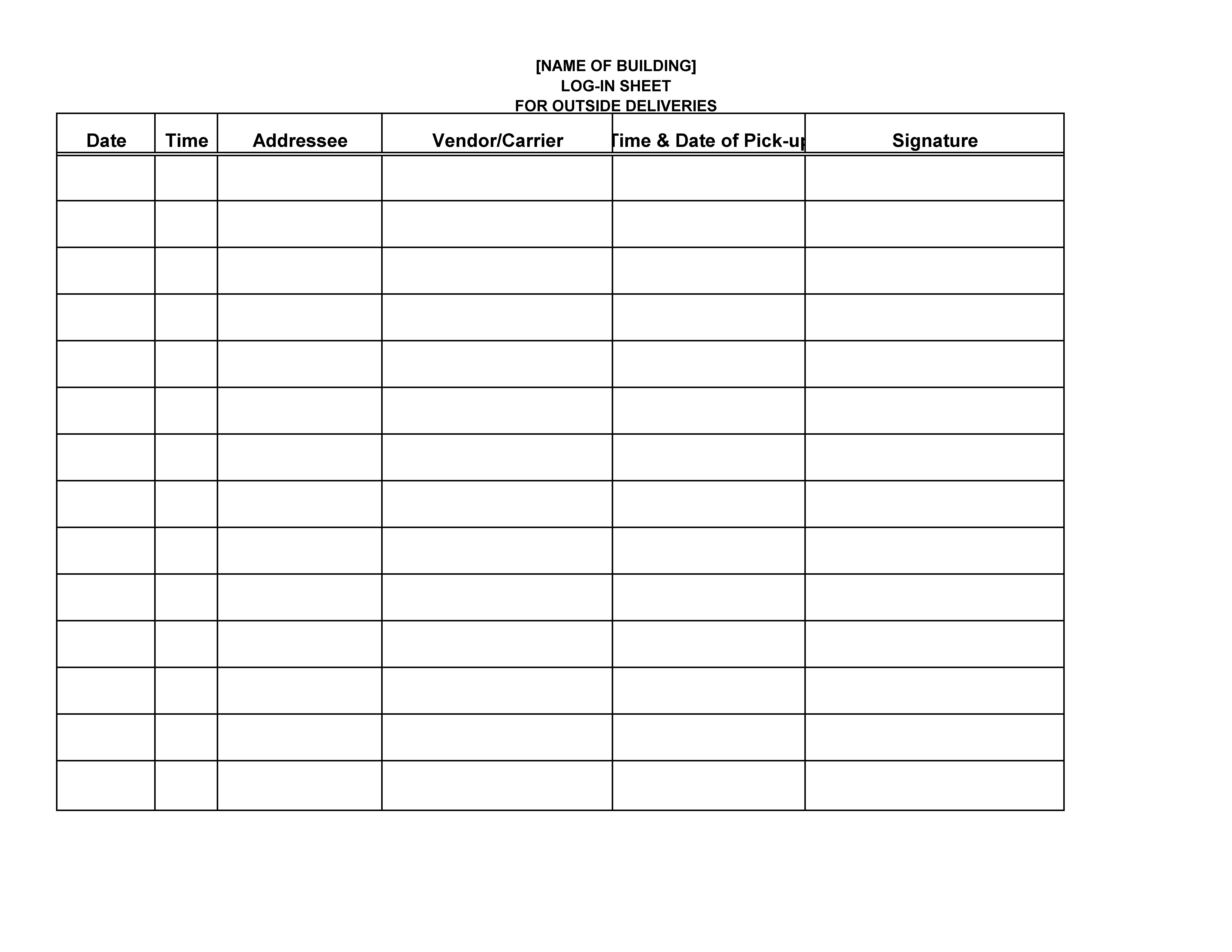

Video, audio and digital transmission paths can be compared.

Two QSC ABX Comparators in a traveling rackĪBX test equipment utilizing relays to switch between two different hardware paths can help determine if there are perceptual differences in cables and components. But hardware equipment testing requires building custom implementations.

LOGSHEET ABX SOFTWARE
Myriad of software tools exist such as Foobar ABX plug-in for performing file comparisons. The ABX company is now defunct and hardware comparators in general as commercial offerings extinct. The dropout time was selected to be 50 ms which produces a slight consistent click while allowing subjectively instant comparison. This extraneous cue was removed by inserting a fixed length dropout time when any change was made. When switching from A to X, however, the time delay would be missing if X was really A and present if X was really B. There was always an audible relay transition time delay when switching from A to B. However, another problem quickly became obvious. Once an X was selected, it would remain that particular A or B until it was decided to move on to another random selection. This was corrected by using three interlocked pushbuttons, A, B, and X. Identifying one of these, the X component was greatly hampered by not having the known A and B available for reference. A button was provided which would select at random component A or B. The author's first experience with double-blind audibility testing was as a member of the SMWTMS Audio Club in early 1977. One such example was the hardware ABX comparator in 1977, built by the ABX company in Troy, Michigan, and documented by one of its founders, David Clark. The test has evolved to other variations such as subject control over duration and sequence of testing. For a threshold test, the A interval is quiet, the B interval is signal, and the X interval is either quiet or signal. His task is to indicate whether the sound heard during the X interval was more like that during the A interval or more like that during the B interval. During the first time interval he hears signal A, during the second, signal B, and finally signal X. An observer is presented with a time sequence of three signals for each judgment he is asked to make. The procedure, which we have called the “ABX” test, is a modification of the method of paired comparisons. The purpose of the present paper is to describe a test procedure which has shown promise in this direction and to give descriptions of equipment which have been found helpful in minimizing the variability of the test results. Gardner, titled Standardizing Auditory Tests. The history of ABX testing and naming dates back to 1950 in a paper published by two Bell Labs researchers, W. 7.1 Algorithmic Audio Compression Evaluation.ABX tests can also be used to compare the different degrees of fidelity loss between two different audio formats at a given bitrate.ĪBX tests can be used to audition input, processing, and output components as well as cabling: virtually any audio product or prototype design. Audible compression artifacts that indicate a shortcoming in the compression algorithm can be identified with subsequent testing. Thus, the ABX test answers whether or not, under ideal circumstances, a perceptual difference can be found.ĪBX tests are commonly used in evaluations of digital audio data compression methods sample A is typically an uncompressed sample, and sample B is a compressed version of A. Because samples A and B are provided just prior to sample X, the difference does not have to be discerned from assumption based on long-term memory or past experience. If X cannot be identified reliably with a low p-value in a predetermined number of trials, then the null hypothesis cannot be rejected and it cannot be proven that there is a perceptible difference between A and B.ĪBX tests can easily be performed as double-blind trials, eliminating any possible unconscious influence from the researcher or the test supervisor. The subject is then required to identify X as either A or B. A subject is presented with two known samples (sample A, the first reference, and sample B, the second reference) followed by one unknown sample X that is randomly selected from either A or B. An ABX test is a method of comparing two choices of sensory stimuli to identify detectable differences between them.


 0 kommentar(er)
0 kommentar(er)
